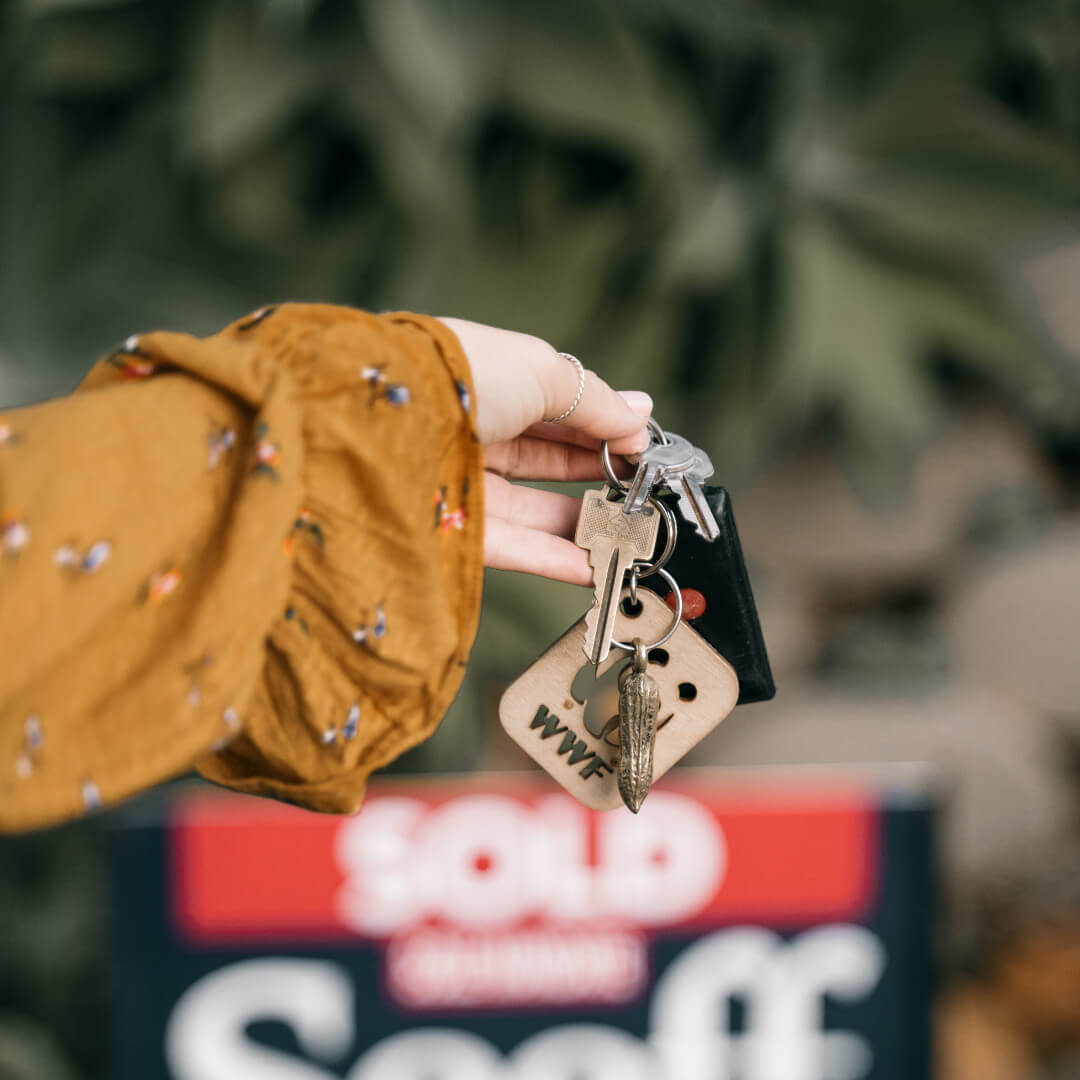Should you ‘flip’ your main residence?

The practice of ‘flipping’ hit the headlines at the peak of the MP expenses scandal back in 2009 – and since then new tax rules have been introduced to make it less attractive.
Here we look at the tax benefits of flipping, and how to avoid falling foul of the rules.
Flipping is where someone who owns more than one residential property ascribes a home they are intending to sell as their main residence, in order to apply for private residence relief on the capital gains tax due when the sale happens.
The benefits of this have diminished over the years in a bid to deter ‘flipping’ as more and more people find themselves in a position where they own two, or sometimes more properties.
With interest rates still low, property remains a reliable investment, whether that is an intentional move or just a matter of circumstance. Some couples may retain both homes when they move in together, renting out the smaller, while other investors are pro-actively adding to growing property portfolios to take advantage of what seems to be ever-increasing house prices.
It could be the additional property or properties provide a rental income each month, they could be a mid-term investment that an investor intends to sit on until values rise further, or that they are a long-term investment or even a pension substitute.
Regardless of your plans, if you own more than one property it is vital that you are very clear about which of your properties is your main or principal private residence, so the correct capital gains tax is due when you sell either property.
Back in 2009 it was revealed that more than 50 MPs had flipped their main residence status with the suggestion that some had done so to gain a tax advantage.
Property developers were also practicing this, constantly flipping main residence as they bought, renovated and sold houses to avoid huge tax bills that would eat into their profits.
Realising the scale of this practice, the Government quickly made moves to reduce the incentive to flip properties and the latest rules introduced in April 2020 have effectively made flipping pointless.
What is a main residence?
Firstly, this might seem obvious but ‘main’ can only apply to one property. Some people might argue that if they split their time equally between two properties, then both are their main homes but by law you can only have one ‘main’ address.
Secondly, to count as a ‘residence’ it has to be a building fit for habitation, that you have actually lived in. Unfurnished commercial units, a room with a blow-up bed in the back of a retail premises or a derelict houseboat cannot count.
If you split your time between homes – for work purposes you may have a city flat but spend long weekends on the Suffolk coast, then it is your responsibility to tell HMRC which you consider to be your main residence.
If you are buying a second home, then you don’t have to decide straight away, you have two years from the date you acquired the additional property to notify HMRC which of your properties is your main residence.
It is important to remember that you cannot divide residences between you and your partner – spouses and those in civil partnerships must share the same designated main residence.
Should you fail to notify HMRC which is your main home then they will look at where you spend the majority of your time, where your children live, and where you cook, eat and base your leisure activities from.
HMRC may also look at your bills and which address you have used when signing up for contracts.
How is Capital Gains Tax calculated?
Capital gains tax is charged on the disposal of an asset, such as a property, and is payable on the increased value, not the sale total.
At present there’s a tax-free allowance of £12,300, meaning you pay nothing if the property has increased in value by that figure or less.
For any increase over that, basic-rate taxpayers pay 18%, while higher and additional-rate taxpayers pay an extra 28% in capital gains tax on disposal of residential property.
Critically, when you sell a residential property and the gain is not fully covered by the principal private residence relief, you now have to report the gain and pay the tax within 30 days of completion, so it’s important to be aware of all the details at the time.
Let’s look at some example figures.
You inherit a property valued at £520,000 following the death of a relative and sell it after two years, during which time it is worth £600,000. With agents and legal fees taken into account and after deducting the tax-free allowance, the taxable gain may be about £60,000. If you were paying capital gains tax at 28% the bill would be around £17,000. That could come as a shock without adequate tax planning.
Relief and its limits
Principal private residence relief, or main residence relief as it is often called, applies to any property you have lived in during the time you have owned it.
You can claim relief on the period during which you were living there – including a break or period of absence in certain circumstances – and for a period after you moved out. That extra time included in the relief, known as the final period exemption, is supposed to allow for delays in selling your home after you have already moved to another property.
That period was three years but has gradually reduced and is now just nine months.
Let’s look again at the example given above. Had you moved into the property on acquiring it, lived there for two years then sold it within nine months of moving out, you would be eligible for principal private residence relief on potentially all of that gain.
However, if the purpose of moving into the property was to oversee renovation work with a view to substantially increasing its value prior to its eventual sale, you wouldn’t be eligible for private residence relief.
Is flipping still worth it?
The days when flipping could be the basis of an entire property business model are largely behind us.
If you do own more than one house or flat, however, it is certainly still worth taking some time to decide which is your main residence with a view to your overall tax position.
You should also review that regularly, considering the relative value of each property and how likely it is you will want to sell one of those properties in the next year or so.
As with many aspects of tax today, as HMRC seeks to close what it regards as loopholes, it’s about marginal gains. Also, with potential changes to the capital gains tax regime on the cards for later this year, you need to focus now on how your property ownership and any potential sale will translate into tax payable. Timing of a sale might also be relevant to ensure that the current tax rates apply rather than potentially less benign ones.
That’s why, more than ever, it’s best to get professional advice so that we can identify every available opportunity as part of an overarching tax strategy.
Contact us today and let us help you plan for the future.

